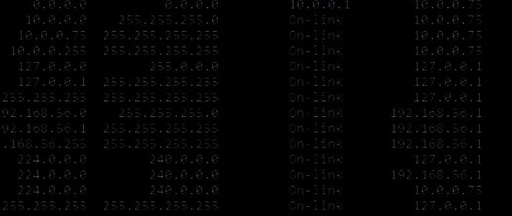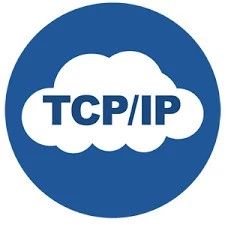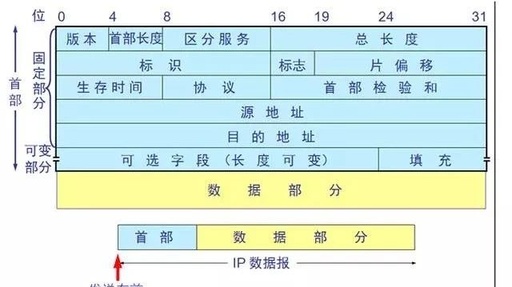Is 5G Ready to Abandon TCP/IP?
For more advanced 5G services, TCP/IP is considered suboptimal. On April 7, the European Telecommunications Standards Institute (ETSI) announced the establishment of a new industry specification working group, “Non-IP Networking” (ISG NIN). The goal of this working group is to research and develop new network protocols for 5G networks to replace TCP/IP. The press release … Read more









